Our first destination is Sultan Qaboos Grand Mosque, Royal Opera House, Muttrah Souq, Bait Al-Zubair, and Al-Alam palace then we will depart for our Final destination is Al-Qurum Beach. We will have our picnic lunch on the beach.
Description
Brief about Muscat.
Muscat is the capital of Oman. It is also the seat of government and the largest city in the Governorate of Muscat.
The population of the city is over 1,550,000. The rocky Western Al Hajar Mountains dominate the landscape of Muscat. The city lies on the Arabian Sea along the Gulf of Oman. Low-lying white buildings typify most of Muscat´s urban landscape, while the port district of Muttrah, with its corniche and harbor, form the north-eastern periphery of the city.
The city has numerous mosques including the Sultan Qaboos Grand Mosque, Ruwi Mosque, Saeed bin Taimoor, and Zawawi Mosque. A few female mosques also exist here.
Muscat has a number of museums for example Museum of Omani Heritage, National Museum of Oman. Recent projects include an opera house. One of the most notable new projects is the Oman National Museum. It is expected to be an architectural jewel along with the Sultan Qaboos Grand Mosque.
Muscat´s economy, like that of Oman, is dominated by trade. The more traditional exports of the city included dates, Nacre, and fish. Many of the souks of Muttrah sell these items and traditional Omani artifacts
Muscat features a hot climate with long and very hot summers and warm “winters”.
Football is the favorite sport in Oman.
Sultan Qaboos Grand Mosque
Close to the road leading to the heart of the capital Muscat stands the Sultan Qaboos Grand Mosque in district Bawshar, like a radiant lighthouse attracting its visitors to interact with the spirit of Islam as a religion, science, and civilization. This mosque highlights its role as a scientific and intellectual source of knowledge across the Islamic world.
After having an architectural competition to select the best design for Sultan Qaboos Grand Mosque, construction took six years. The mosque’s total capacity is 20,000 worshipers, and it covers an estimated area of 416,000 square meters. The main square-shaped prayer room can accommodate 6,500 worshipers and has a central dome that rises 50 meters above the floor. The mosque’s distinctive minaret lends it its individual style. Connecting the top of the mosque’s walls and the internal courtyard is a bar inscribed with verses from the Koran in Thuluth script, with Islamic geometric frameworks filling the corridor archways. The names of Allah are inscribed in Diwani script on the corridors’ front walls.
Non-Muslims are allowed to visit the mosque every day, except Friday, from 8:30 until 11:00 am. Visitors are asked to dress modestly and in a way befitting places of worship. Women are also required to cover their hair.
Royal Opera House
Muscat’s dazzling Royal Opera House has won over a wealth of fans since opening its doors back in 2011, claiming the title of the Gulf’s first opera house and cementing Oman’s reputation as a burgeoning arts hub. With its dramatic colonnaded façade, gold-inlaid marble interiors, and elaborate handcrafted stuccos, the inspired design of the Royal Opera House is a fine example of contemporary Islamic architecture, constructed from Omani desert rose stone and encircled by landscaped gardens.
Royal Opera House has a state-of-the-art adjustable-acoustic auditorium and innovative subtitle touchscreens attached to each of its 1,100 seats. With its performance season running from September to June, the Royal Opera House has already cultivated a reputation for diversity with Western, Asian, and Arab theater, opera, and ballets all taking to the stage, as well as providing the home ground for the Royal Oman Symphony Orchestra.
We will visit Royal Opera House only from the outside.
Muttrah Souq
The main draw in Muttrah is the famous Muttrah Souq, probably the single most popular tourist attraction in the country. This is Muscat at its most magical: an absorbing labyrinth of narrow, perfume-laden alleyways packed with colorful little shops stacked high with tubs of frankincense and Bokhoor, old silver Khanjars, Bedu jewelry, and other exotic paraphernalia – one of the few markets in the world where it’s possible to buy gold, frankincense, and myrrh all under a single roof. You could spend many enjoyable hours here, haggling over handicrafts and attempting to make sense of the maze, especially if you venture away from the heavily touristic main drag into the tangled backstreets beyond.
Bait Al Zubair Museum
Oman’s rich cultural heritage is under the spotlight at Muscat’s popular Bait Al Zubair Museum, located in the Old Town just east of the modern city. Opened in 1998 to showcase the private collections of Sheikh Al Zubair bin Ali, minister, and advisor to three former Sultans, the museum has quickly ascended the ranks of Muscat’s most popular tourist attractions. Originally housed in the Al Zubair family’s former home, the museum has since been expanded into a complex of three buildings, including an art gallery and an Omani-style model village, complete with a falaj (an ancient water system), a souk, and houses topped with palm fronds.
The vast permanent collection of Bait Al Zubair features everything from antique maps and historic photographs of the city, to typical Muscati furniture, old Islamic coins, and portraits of His Majesty Sultan Qaboos bin Said Al Said. The principal highlight is a series of exhibitions devoted to traditional Obani crafts, including silver, copper, clay, leather, and textile products, alongside a display of khanjar (Omani daggers), household objects, and clothing.
Al Alam palace, Jalali and Mirani Forts
Al Alam Palace is the ceremonial palace of His Majesty the Sultan. The palace is located in the heart of the Old Muscat, it is surrounded by the Al Jalali and Al Mirani forts and will soon be facing the upcoming National Museum of Oman. Former Sultan’s used to live in a house called Bait Al Alam which was demolished in the early 70s to build this new Palace in its place to be the official residence of the Sultan of Oman.
Sultan Qaboos rarely ever stays in Al Alam Palace as he seems to prefer his other residences in Al Seeb or Manah. However, this palace is the one used the most to receive high-ranking official guests and has hosted in the past the likes of the Queen of England and the Queen of the Netherlands’. The palace is not open to the public, but tourists can walk around the yard and gardens in front of the palace at any time.
Al Qurum Beach
This beach lies in the Al-Qurm Area in the heart of Muscat and extends over a large area. A number of large hotel chains are built next to it, such as Hotel Muscat InterContinental and Crown Plaza. This beach is considered one of the busiest in Muscat due to its location near shopping Centres and restaurants. Walking enthusiasts can enjoy the boardwalk along the beach and then rest on the numerous chairs and umbrellas that dot the beach.
Additional information
| Duration | 7 to 8 Hours |
|---|---|
| Cities | Muscat |

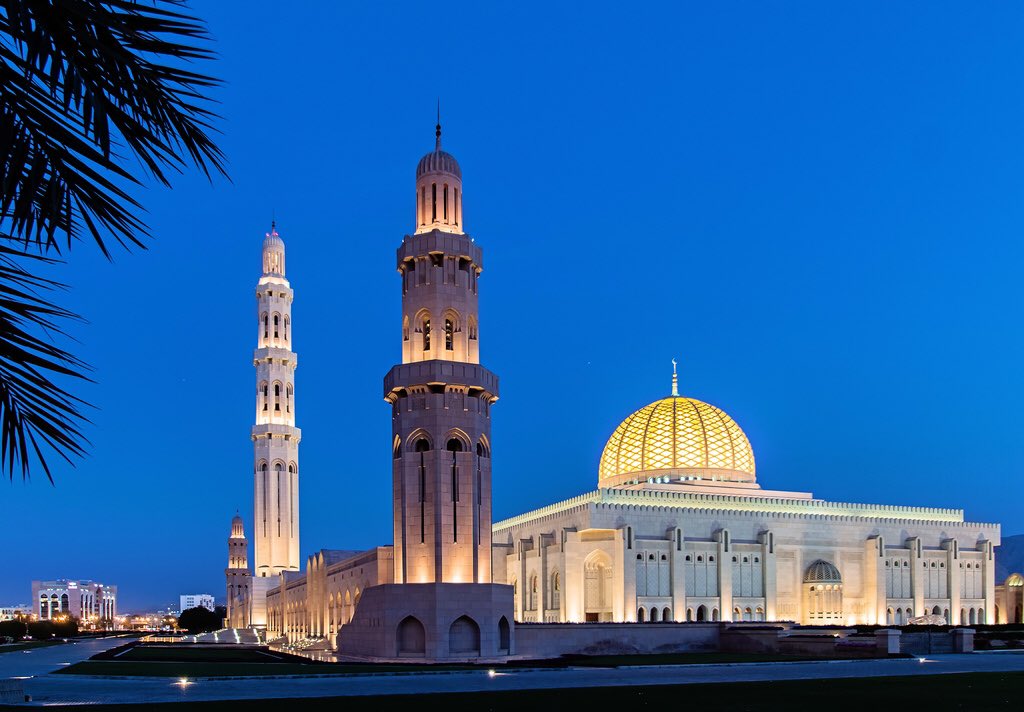
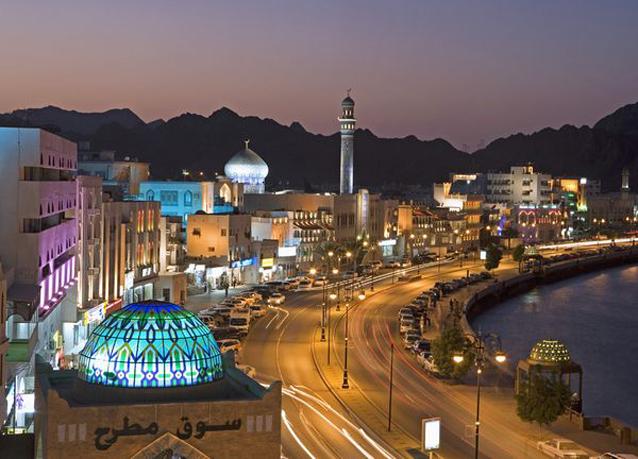
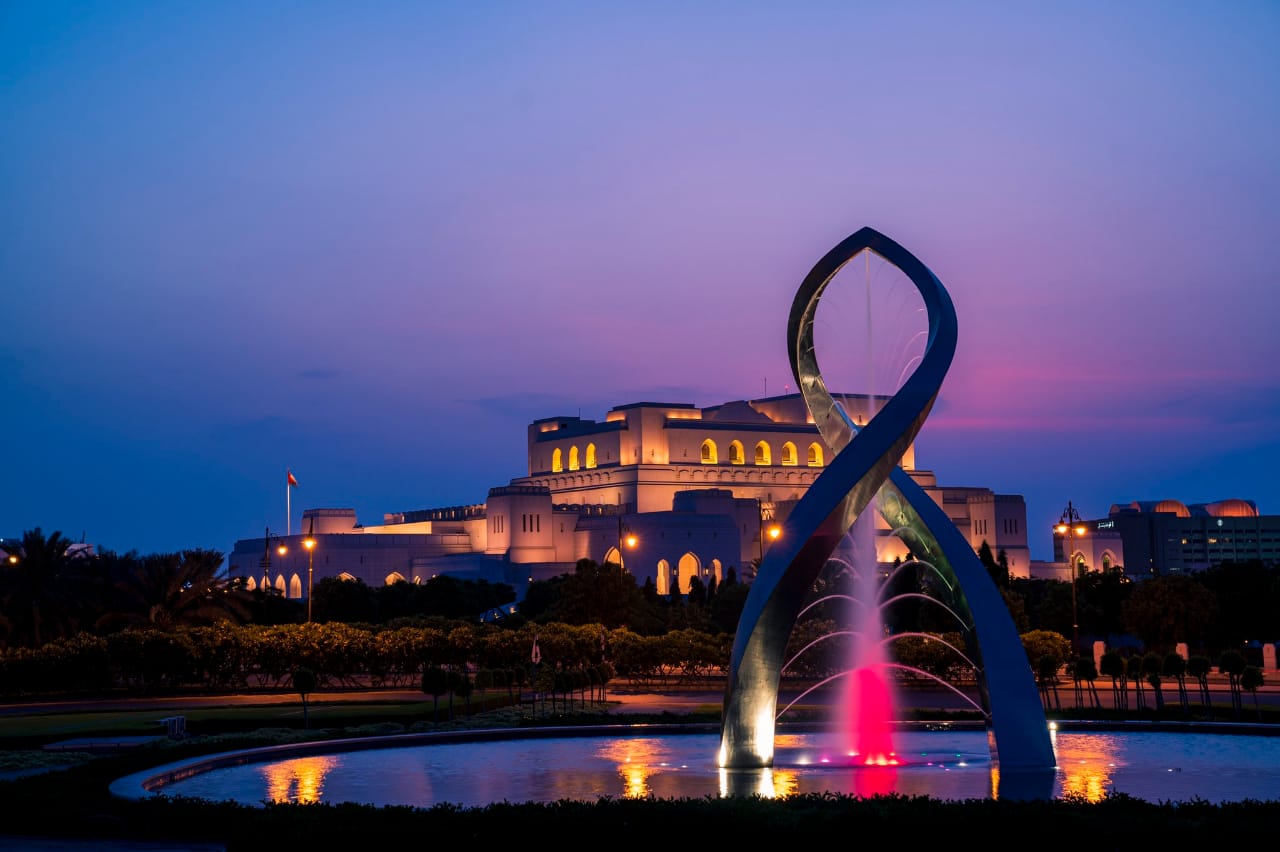
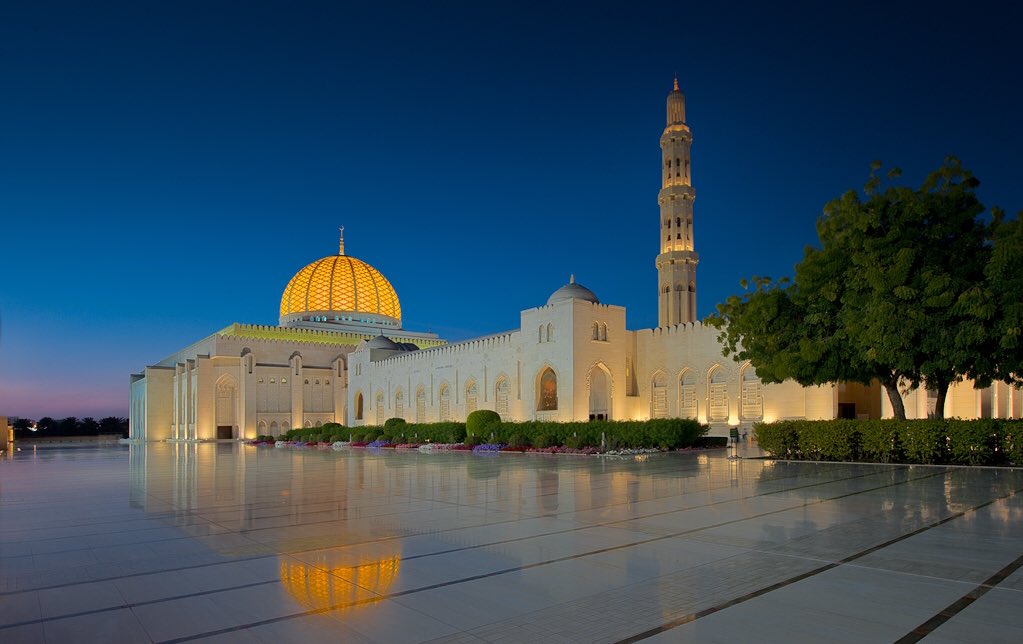
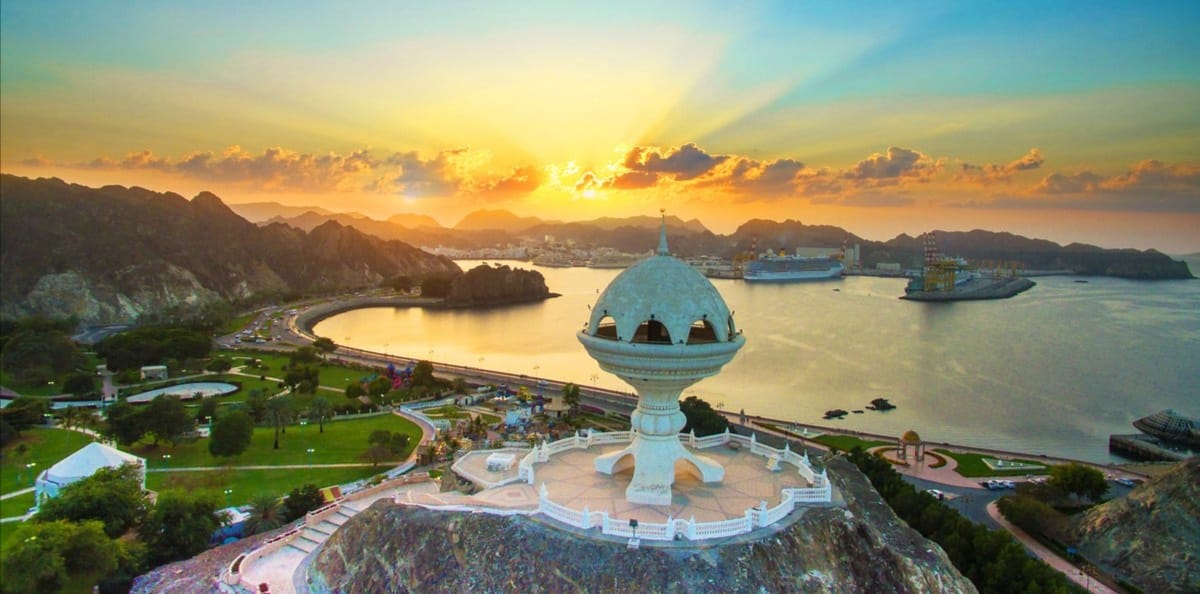









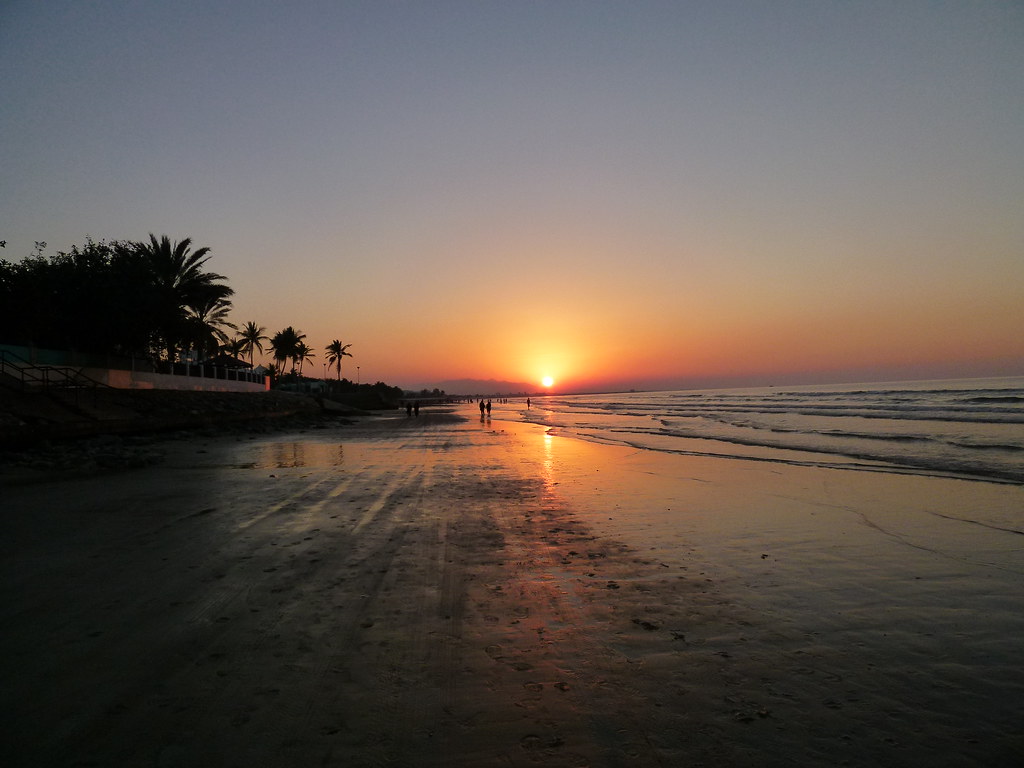
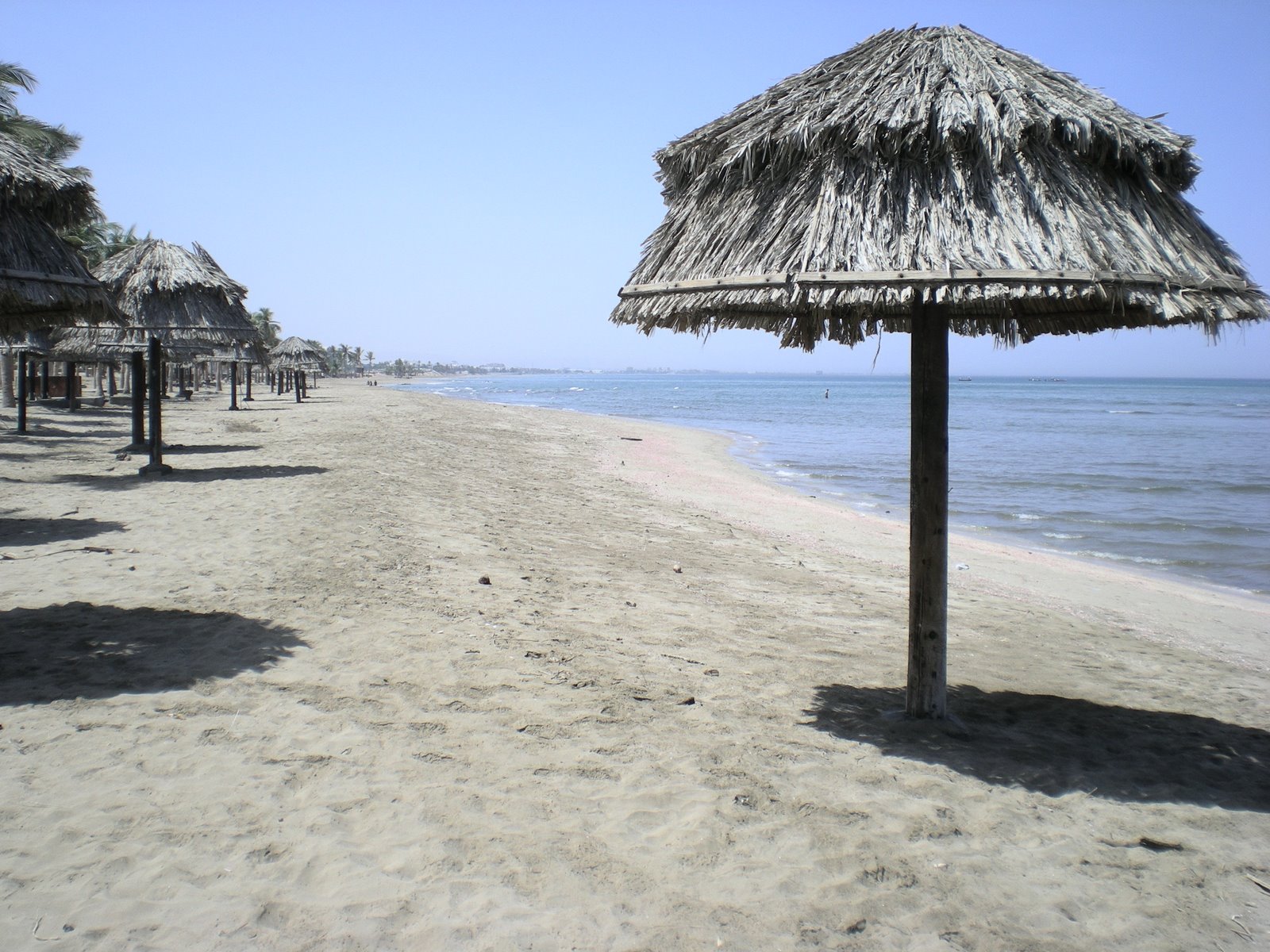




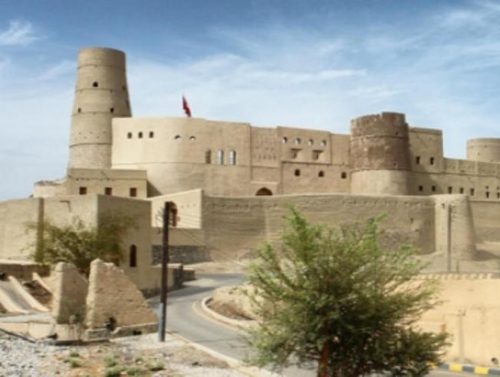




Reviews
There are no reviews yet.